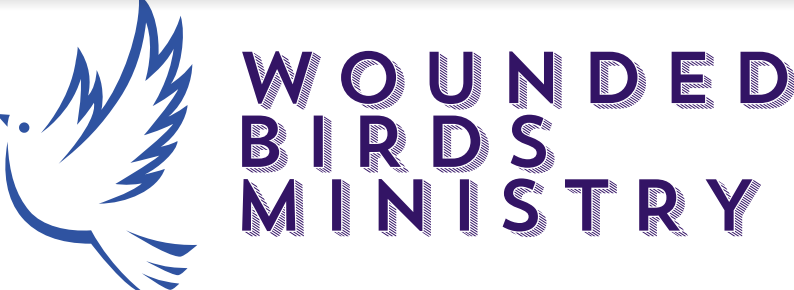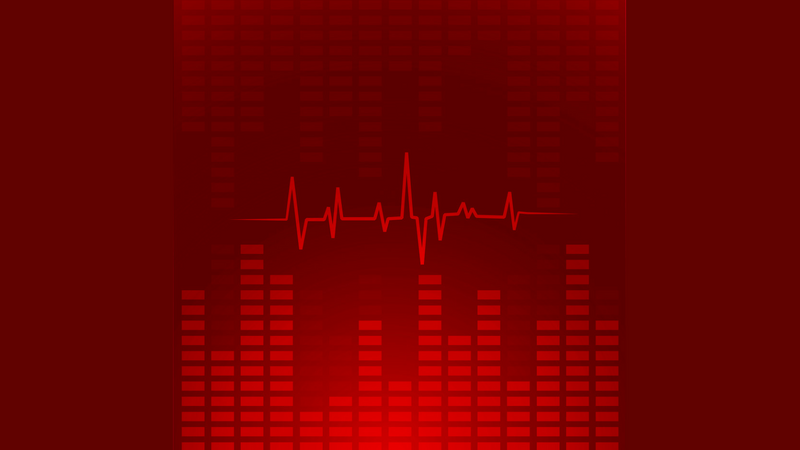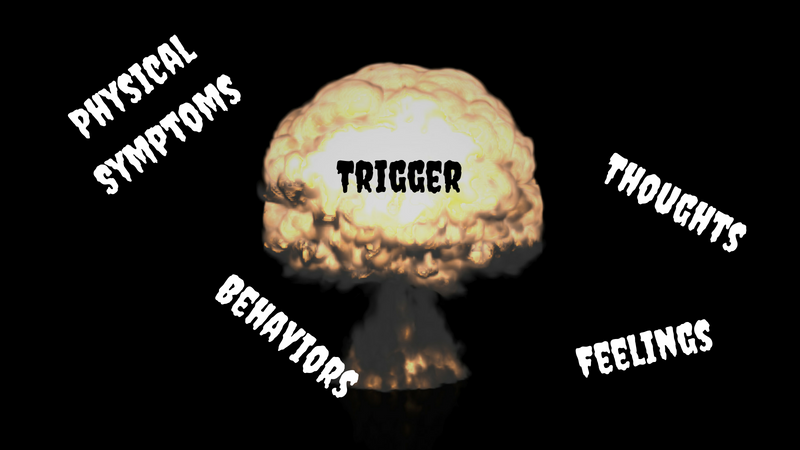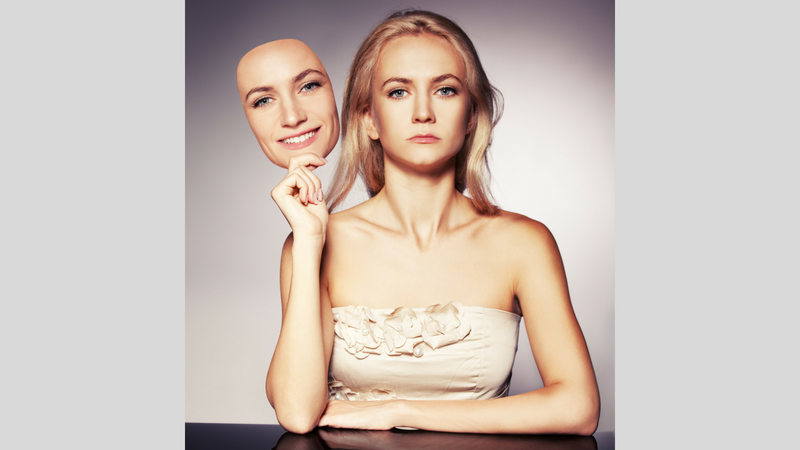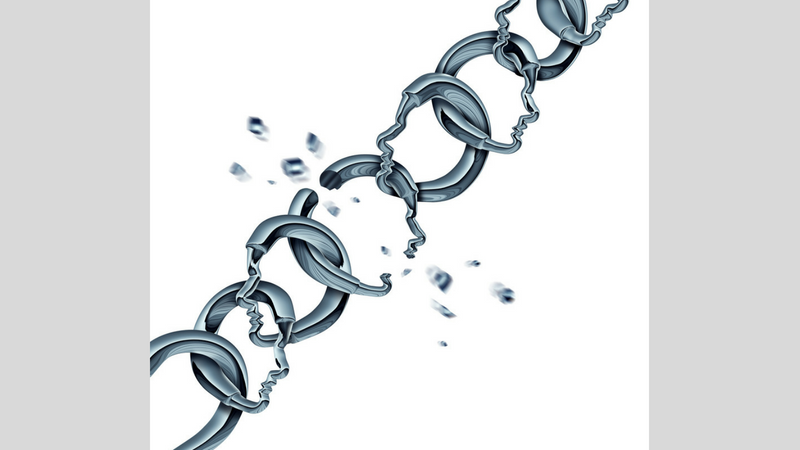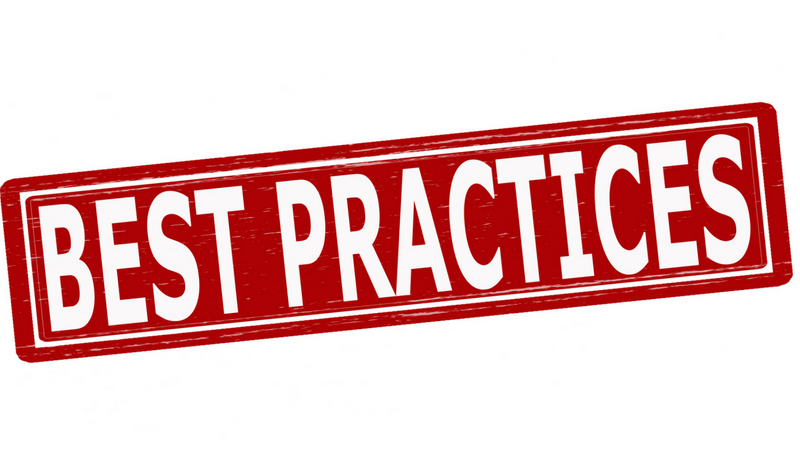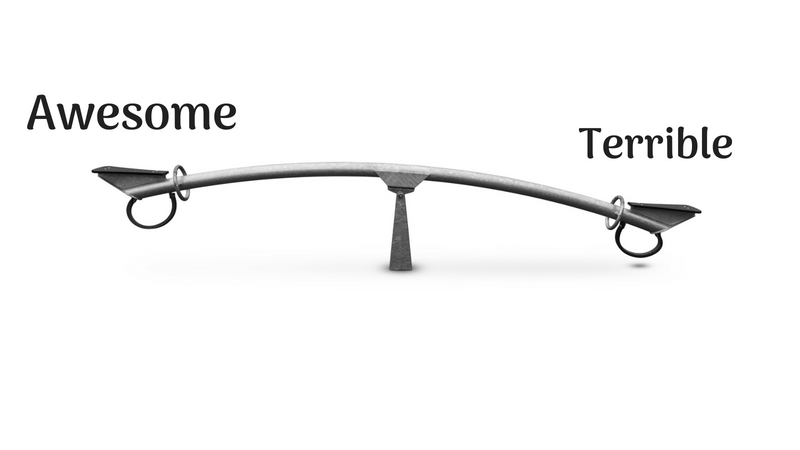There Are Many Types of Depression
This is the second post in a series on Depression. You can find the first post on the Depression Cycle here.
There Are Several Types of Depression
When we think of depression, we often think of it in generic terms. The reality is that depression is multi-faceted, coming in many forms and taking many faces. One of the benefits I got from taking a class on depression from my health care provider is that I learned about the complexity of depression.
One of the first lessons is that the term “depression” is high-level. In fact, as I learned more about it, I realized that it’s almost misleading to say someone is living with depression.
When I explain more, I think you’ll realize that you know more than you think you do, although you may not have thought about it in this manner before. Lying on a spectrum, there are different types of depression. Some types of depression are more mild or benign than others.
Adjustment Disorder
Let’s start with Adjustment Disorder. Adjustment Disorder is triggered by a specific, major event, like a divorce or a grief experience causing major depression and/or anxiety. In fact, without the trigger, these people would not experience depression at all. Adjustment Disorder is something most people who suffer a major trauma can expect to encounter at least once in their lives, although the severity and intensity will vary from person-to-person.
These depressions often can be cleared up through therapy, spiritual practice and reliance, and good self-care practices. As the situation improves (or the ability to respond to the situation improves), the mood improves, as well.
Seasonal Affective Disorder
Next, we have Seasonal Affective Disorder (also known as “SAD”). SAD shows up in the late fall and winter and is a direct result of the lack of sunlight. It affects 4-6% of the population and is more common the further north you live. One fact I was given is that SAD is 7 times more likely to occur in Washington state than in Florida. SAD usually shows up in sluggish behavior, increased appetite, and low mood. Interestingly, treatments can include light therapy and Vitamin D supplements.
Dysthymia
Dysthymia is another lesser-known version of depression. While it’s a milder version of depression, dysthymia episodes typically last longer than major depressions. It could easily be renamed “Persistent Depression Disorder” because that’s what it is – a depression that never lifts. In fact, you have to live with it for at least two years to even get a diagnosis! Due to the milder symptoms, including feeling “less alive” and just not happy, people with dysthymia are often high-functioning.
Some people I know with dysthymia have taken a “fake it ’til you make it” attitude to cope. Many have given up on ever feeling better.
Here’s the gut punch to dysthymia: you can still experience episodes of major depression.
Major Depression
What’s Major Depression? These experiences are marked by clear beginnings and may happen once, twice, or more in your life. The symptoms are severe enough to interfere with your life; your relationships may be disrupted, or the quality of your work may be impacted. To be diagnosed with major depression, the symptoms have to last nearly every day for at least two weeks.
While major depression can be situationally triggered, for some people this is a biological phenomenon. Their brain chemistry changes, sometimes in response to a trigger or a change in personal habits (like nutrition or exercise), and other times due to reasons that science is still investigating.
Functioning is impacted with a major depression, and this is when suicidal ideation and/or suicide attempts are more likely.
Bipolar Depression
It seems like we’ve covered most of the major types of depression, right? Hold on – there’s another one: Bipolar depression. This is much rarer than the other types of depression, as only 2-3% of the population lives with bipolar disorder (including yours truly). The depressions of a bipolar person commonly look like Major Depression – in fact, Major Depression is the most common first diagnosis of a person with bipolar disorder. (Most of us don’t go to the hospital when we are hypomanic/manic unless it’s extreme; we are more likely to seek help when we are depressed.) While bipolar depression looks like Major Depression, the difference is that we have extremes in the other direction, and our moods can swing in a short period of time.
One last point that I want to make is that generally categorizing and organizing types of doesn’t mean that all depressions in each category look alike. While there are characteristics within each that help the medical community understand our experiences, the specific symptoms, and their respective intensity levels vary from person-to-person. I find this point comforting because it means that my depression isn’t less valid because it doesn’t look like your depression.
I don’t know about you, but I was surprised to learn how many different types of depression exist. In learning about the different types of depression, I learned how to respond better to the people I meet who are living through a depressive episode. Even better, understanding these categories helps us (and the medical community) develop a more effective treatment plan.
The more we learn, the more we know, the better off we all are.
Have you experienced depression? Did your experience fit into one of the types of depression listed here? Please share your experiences with me in the Comments section.
Looking for daily inspiration and community? Join our warm and supportive Facebook group!
